September 1, 2021
Part two: Ingredients for Creating Greater Brand Value through Packaging
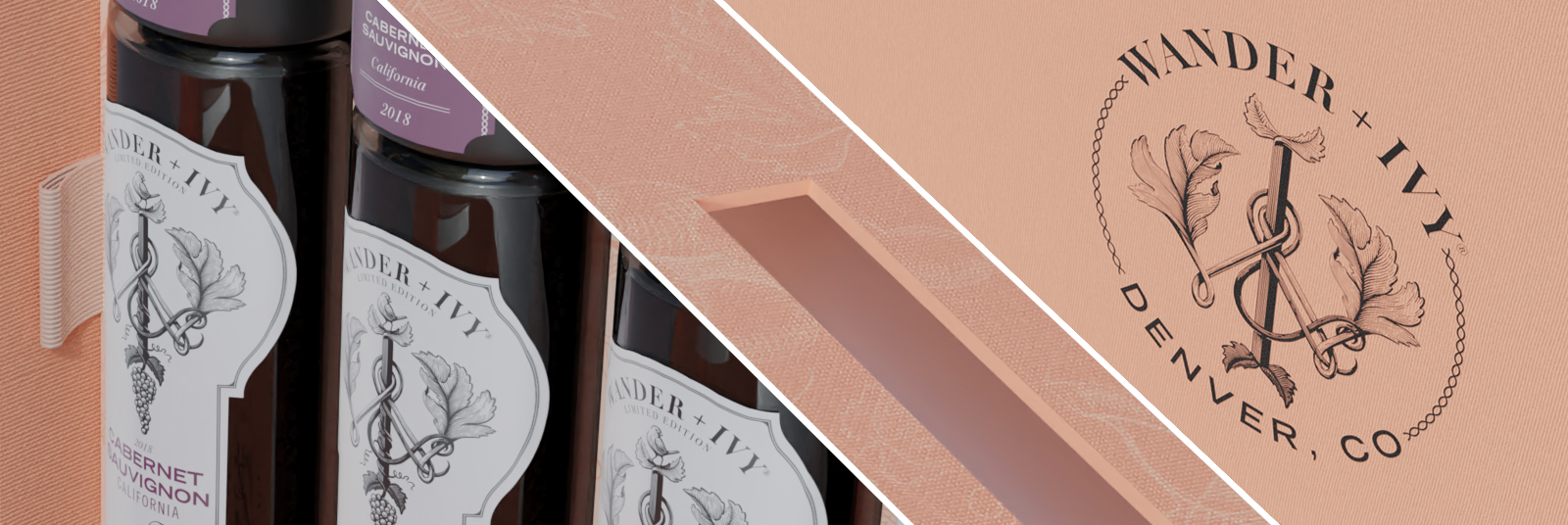
In this second article in our series we address how luxury packaging promotes brand value through its ability to:
- Use colour to better identify with the brand, target market and location
- Enhance brand value through sustainable materials & processes, where appropriate
- Travel well for e-commerce
- Promote secondary use
Colour to Enhance Packaging Success
The clear connection between colour preference and consumer behaviour underlies the importance of colour selection when boosting brand value and appealing to specific target markets.
The colour of the packaging should subconsciously communicate the message you want to send buyers. Do you want them to think about the product as comforting or fun? Is the product related to wellness or security? Does it evoke a sense of luxury or sophistication? For example, Apple’s classic white colour makes it appear premium. Cadbury’s purple makes it appear regal.
When a brand’s target market includes different cultures we need to understand that their associations with colour can be vastly different to ours.

@ thedieline.com
In Asia, for example, red is the colour of summer, good luck, joy, good fortune and fertility. It is the traditional colour for a wedding dress. Red also has a very strong connection with Communist China.
In Africa red is the colour that chiefs in Nigeria wear but is also very strongly associated with death and bloodshed. In countries like Ghana it is worn while in mourning and in Madagascar it is used for burial cloths.
Studies of western consumer preferences indicate that blue is by far the most liked colour, notwithstanding the age. If you are targeting children, avoid red – your packaging design should mostly be green and blueish.
Teenagers and younger consumers are prone to like purple, which can be a nice novelty in packaging design. Choosing black will also appeal to younger people.
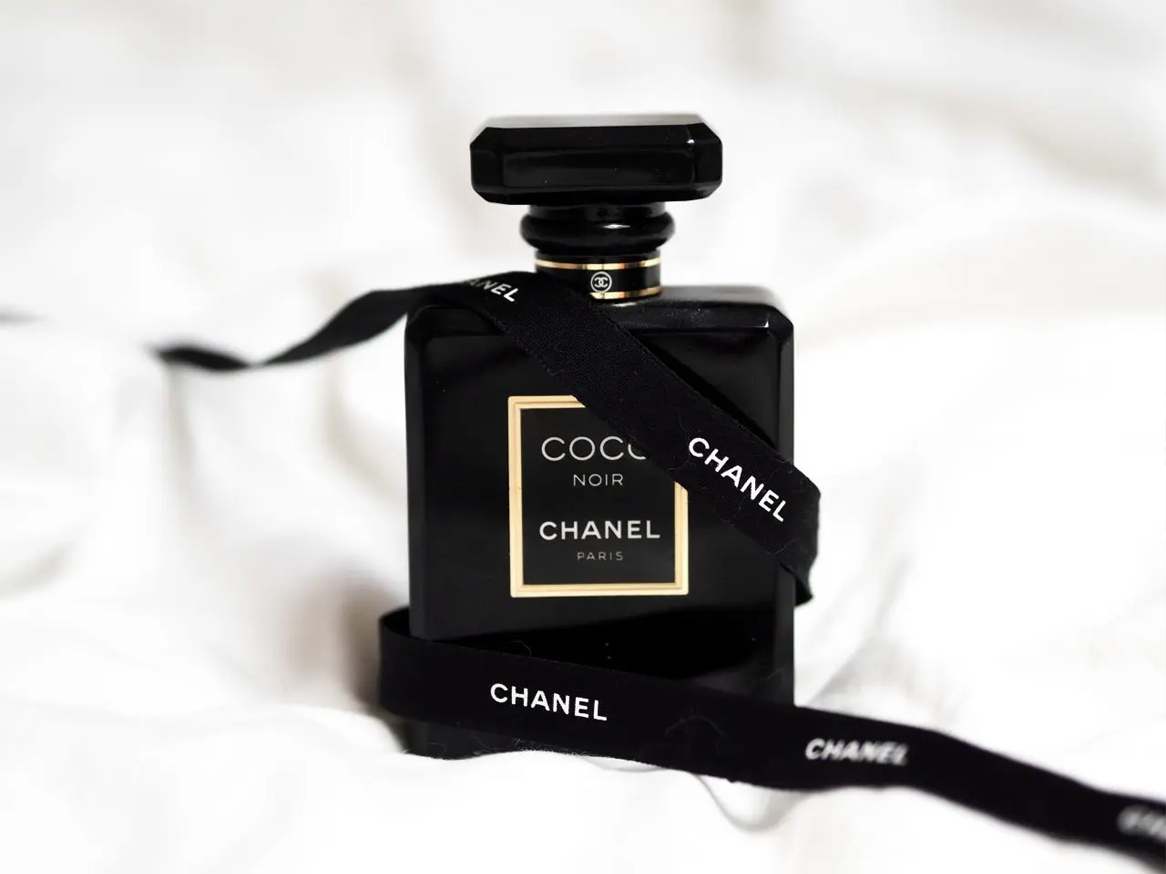
@ creativeandcoffee.com
Blue, green and black are good choices for masculine brands. Women like blue too, but purple, pink, red and green are also sound choices when looking to create feminine-friendly packaging.
While experimenting is great, when it comes to packaging a new product, maintaining colour consistency and brand identity remains key.
Consumers should be able to recognise a particular brand no matter what the packaging or colours. Consistency can also be maintained through tint and shade.
Boosting Brand Value through Sustainability
Sustainable packaging design is now not only seen as critical to the circular economy but just as vital to the consumer. According to a recent study, sustainability-marketed products are now growing faster than their conventional counterparts: a clear indication that consumers are becoming increasingly loyal to eco-friendly, sustainable brands.
The fact is, sustainability has become ever more critical to the way the general public makes purchasing decisions. Brands and packaging designers are also now fast producing more environmentally-friendly products that more positively impact planet and perceptions.
There are also now numerous ways to incorporate sustainability into a brandpackaging design and production, and simultaneously boost brand value and perception in the eyes of the new eco-conscious consumer.
Packaging can, for example:
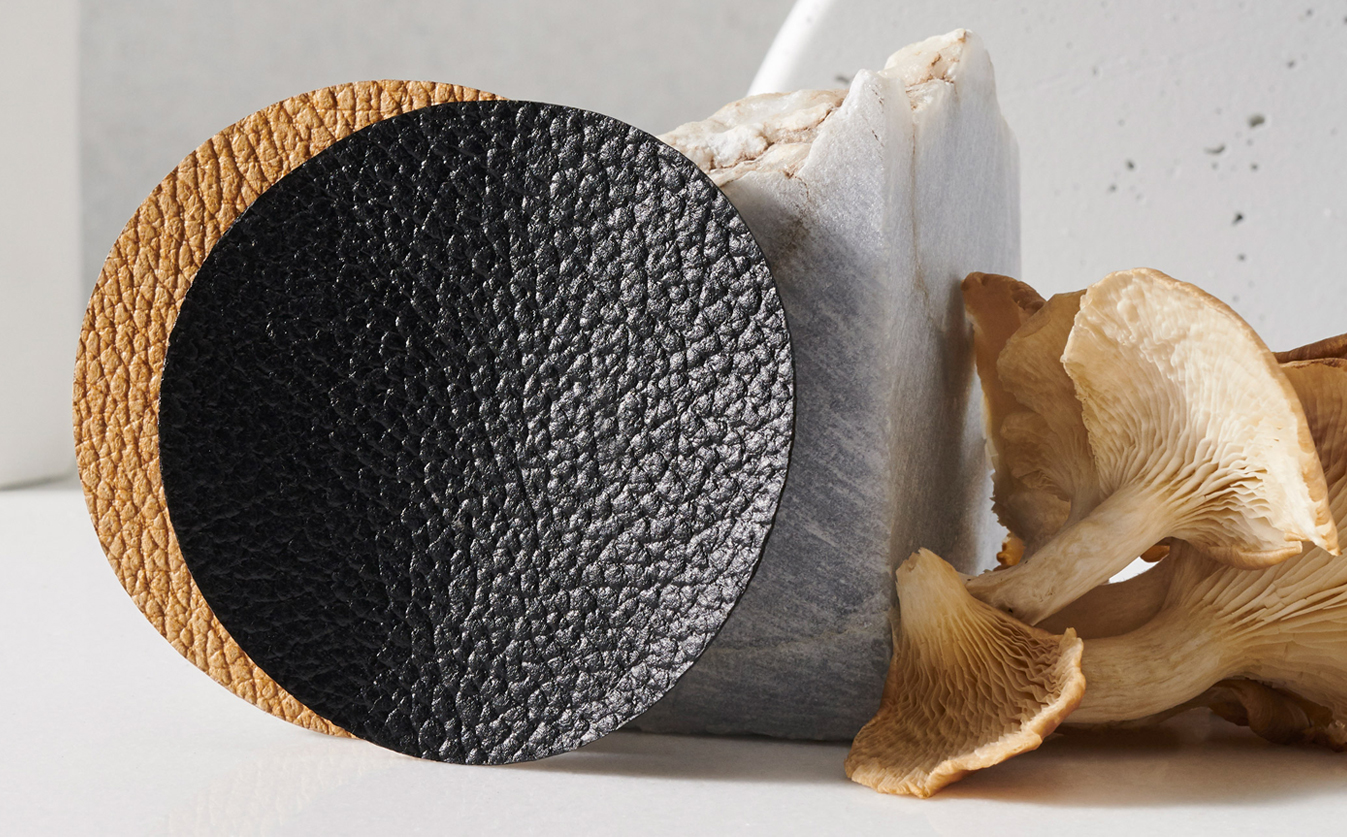
@ dezeen.com
- be constructed of sustainable, recyclable and/or biodegradable materials such as unbleached paperboard, kraft paper, metal, glass or plant-based packaging materials from biological sources – such as seaweed, corn, mushrooms, and food waste.
- include a note encouraging buyers to recycle the product – and highlight the crucial role of recycling packaging in protecting the environment.
- consider water-soluble and biodegradable inks and glues and employ more eco-friendly fitments (such as biodegradable alternatives to plastic vac trays)
- be flat-packable or collapsible to be more space-efficient for transport
- employ transport and shipping options with the smallest carbon footprints
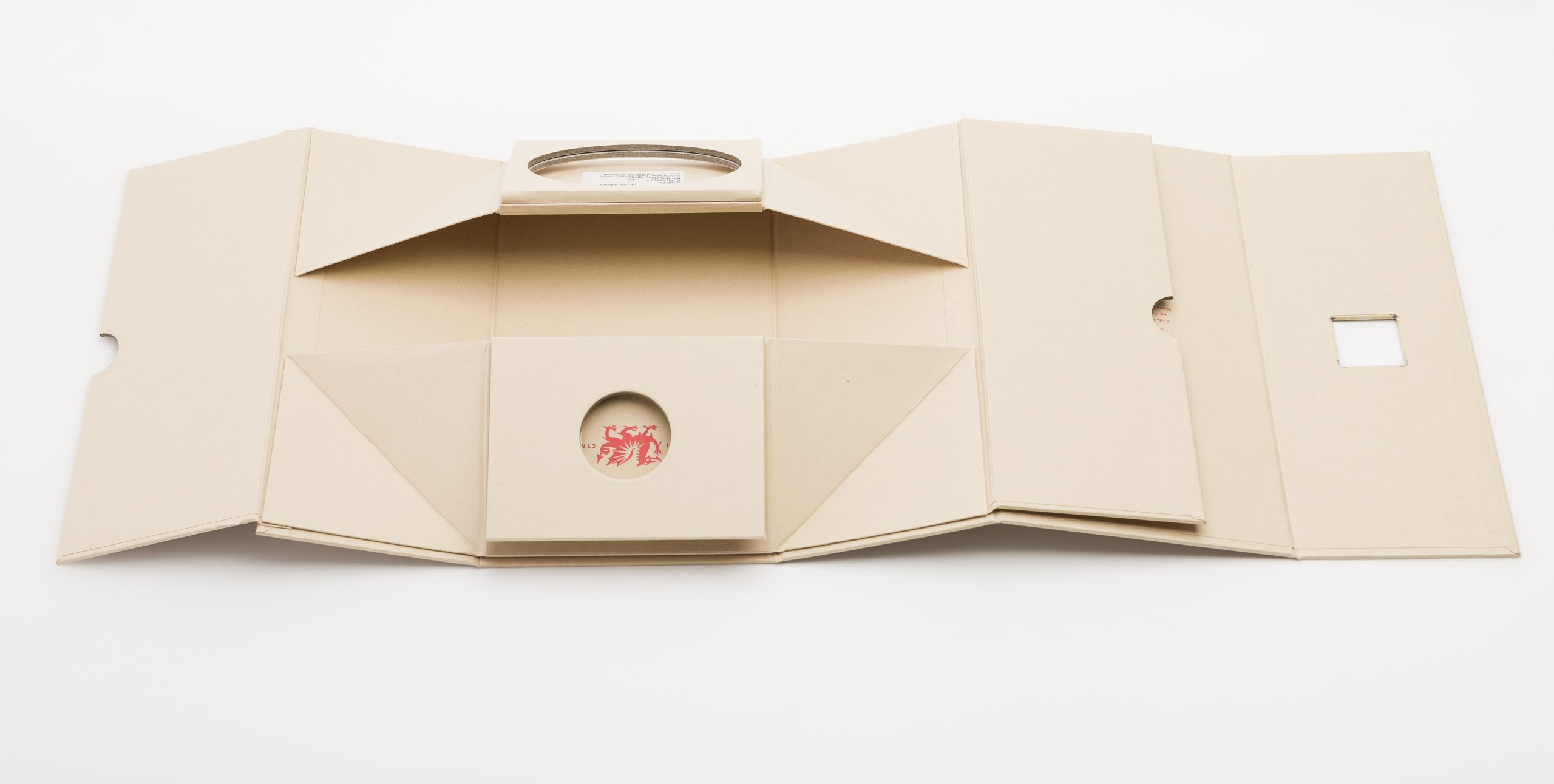
@ iplpackaging.com
Brands that choose more eco-friendly packaging alternatives – and work with packaging suppliers that value sustainability – demonstrate they are prioritising the planet, strengthening their brand’s eco-friendly credibility and positively impacting their brand image.
Traveling well for e-commerce
Today, E-commerce packaging is a marketing tool in its own right – embodying the brand, helping it to stand out in a crowded market and delivering a memorable experience to consumers.
Even in the e-commerce context, best-practices for packaging design remain similar.
The packaging design should always communicate the function of the product or service and show how the product fulfills a need, even if only the need to satisfy aesthetic taste.
Material efficiency is also key. The physical mess of leftover waste can harm any brand image. So too, utilising quality packaging materials can ensure that the product not only actually arrives safely, but also presents the impression that it has arrived securely to prevent any dissatisfaction.

Logistical issues are another critical factor when shipping products to meet online demand. It’s therefore important to partner with a supplier that knows the specifics of your online distribution process and that designs and produces packaging with due consideration for the transportation methods used.
Secondary Use
The notion of incorporating a secondary function into package design can also deliver a significant added value component.
Beautiful and innovative packaging is generally not discarded by the consumer after purchase. Designing packaging that is attractive or useful enough to be retained to house something else gives it added value.
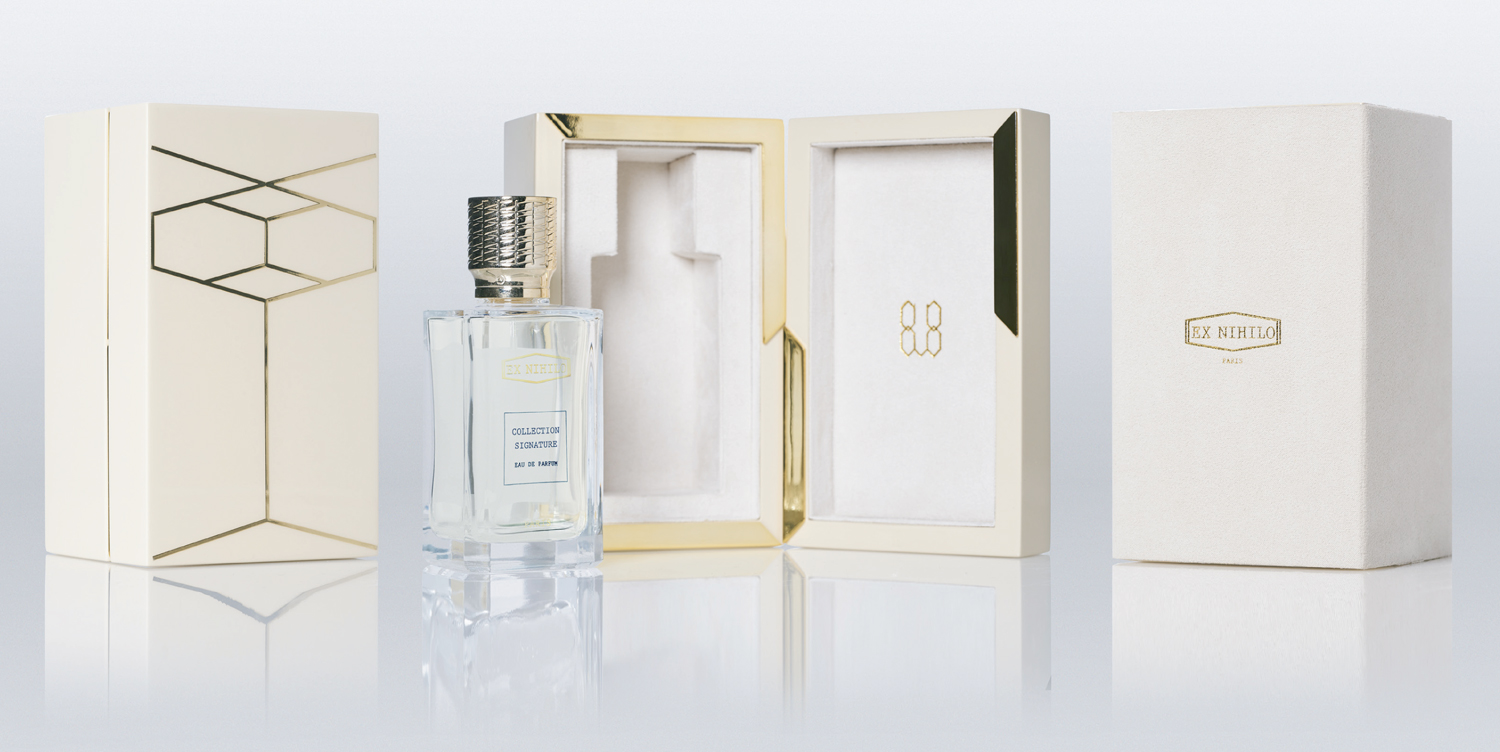
@iplpackaging
Secondary packaging can support reuse when designed as a keepsake, with removable inner fitments, or an ornamental feel that looks to promote secondary use (such as the ones produced for French Fragrance brand, Ex Nihlio) as a bespoke jewelry box, for example.
“Creating packaging for ‘reuse’ and giving it a purpose beyond the primary enables the brand to live on beyond the point of purchase- ultimately creating a greater sense of value,” says LB Odendaal, Head of Design at IPL.
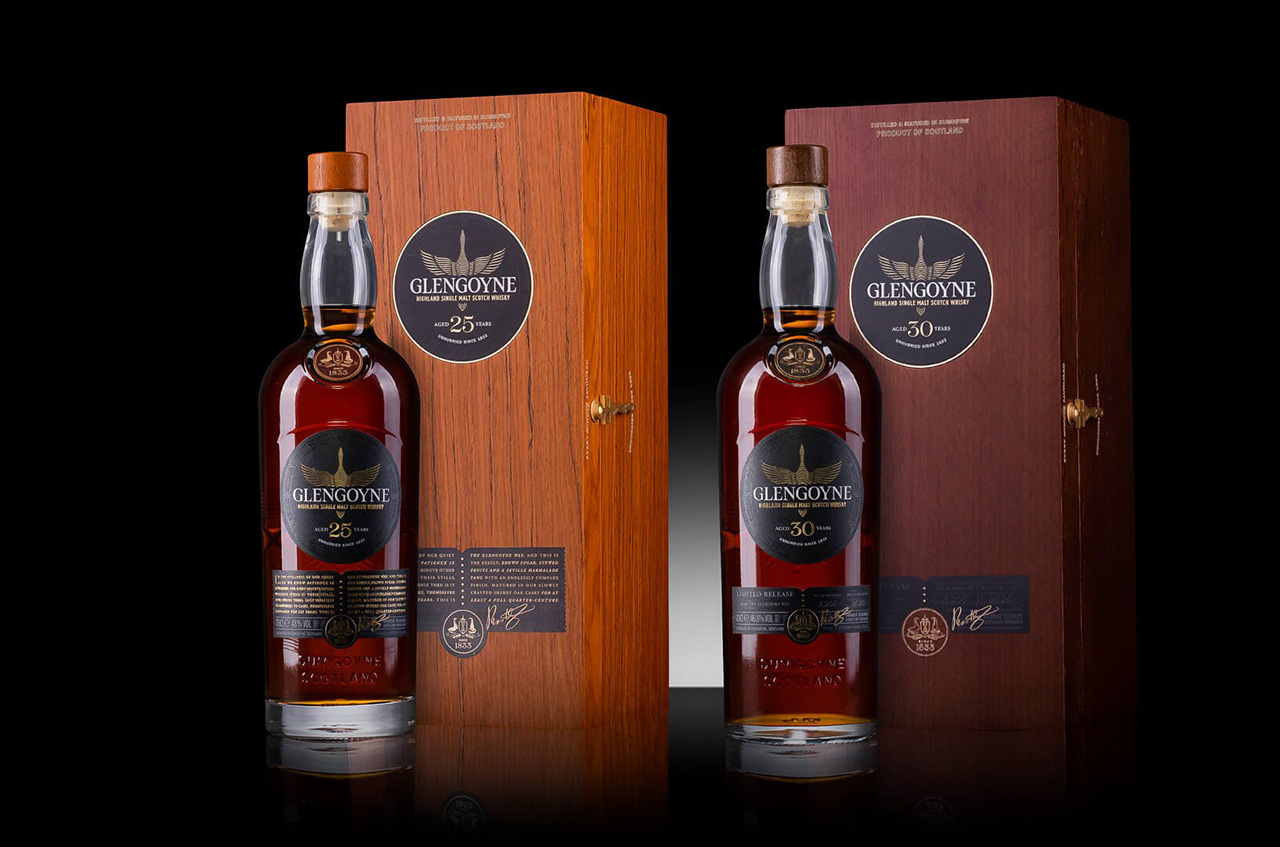
@ glengoyne.com
Scotch whisky brand and IPL Packaging customer, Glengoyne, won the 2020 Green Packaging Award for the spirits category at The Drinks Business Green Awards. Their structure and design actively promotes reuse rather than recycling.
The judges remarked on the second-use ability of the prestige 25YO and 30YO whisky packaging as something never seen before: The set of beautifully crafted wooden boxes feature personalisable plaques, peelable labels and removable inner fitments.
These factors enable their use as debranded, luxury storage cabinets once the whiskies inside have been savoured to their very last drop.
More articles

February 11, 2021
Why colour choice matters in global packaging

September 7, 2021
Next-generation packaging for a changed world

May 4, 2022
The Costs of Conflict

December 8, 2020
Kindred Spirits – Glengoyne Single Malt

April 19, 2023
IPL Perspectives: Rex Wan & Amanda Comeau

February 8, 2021
Scotch Whisky Association launches ambitious sustainability strategy

November 9, 2021
Pulp Fact not Fiction

November 8, 2021